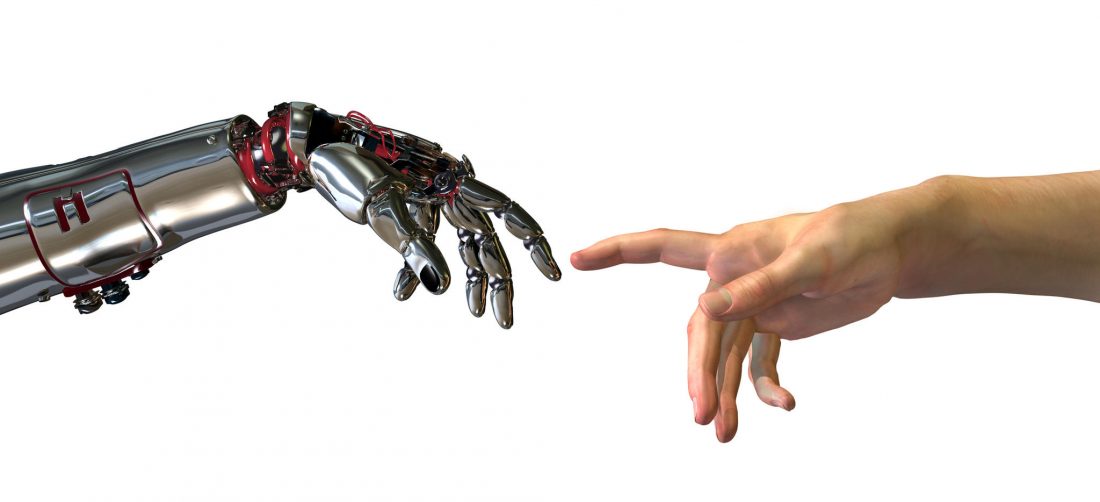This is How Artificial Intelligence Takes Over the World
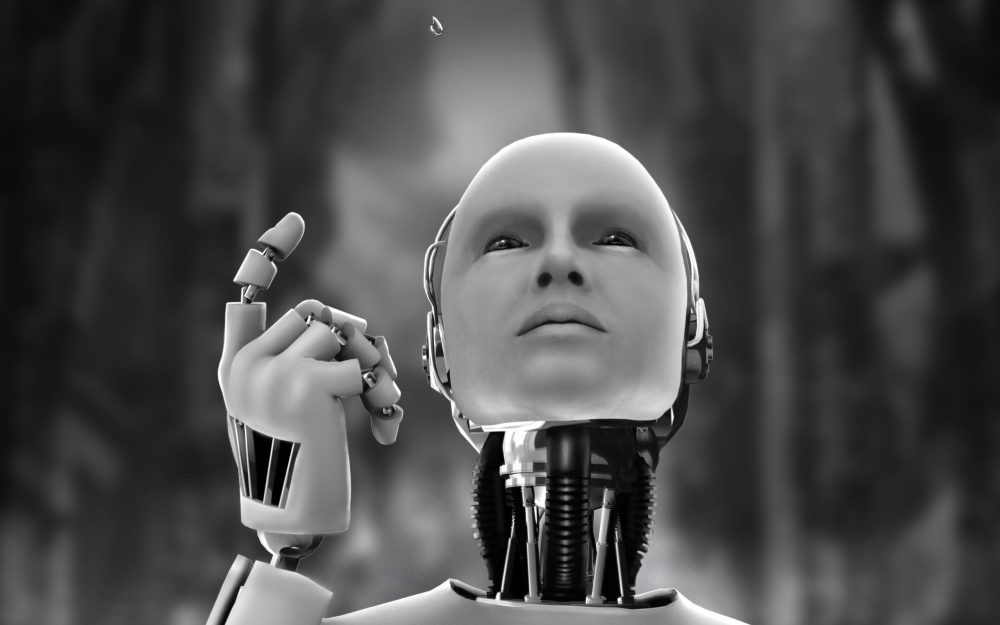
The only right way to begin any discussion on Artificial Intelligence is with a reference to Isaac Asimov, the sci-fi writer who gave the three laws of robotics, and they are as follows:
- A robot may not injure a human being or, through inaction, allow a human being to come to harm.
- A robot must obey the orders given it by human beings except where such orders would conflict with the First Law.
- A robot must protect its own existence as long as such protection does not conflict with the First or Second Laws.
Asimov’s robots often went ahead to disregard these laws and exercise free will and subjectivity, which more often than not, didn’t end well for the human race. With the take-over of our lives by technology, an apocalyptic vision of the world, often represented in art and media, does not seem too unnatural. TV shows and movies have rampant examples of technology going out of our hands and ceasing to be a means to an end. Instead, it ends up controlling our lives to the point of enslavement. This is precisely what this article would be about as we look at examples of AI in film, TV shows and of course, good old real life.
Her: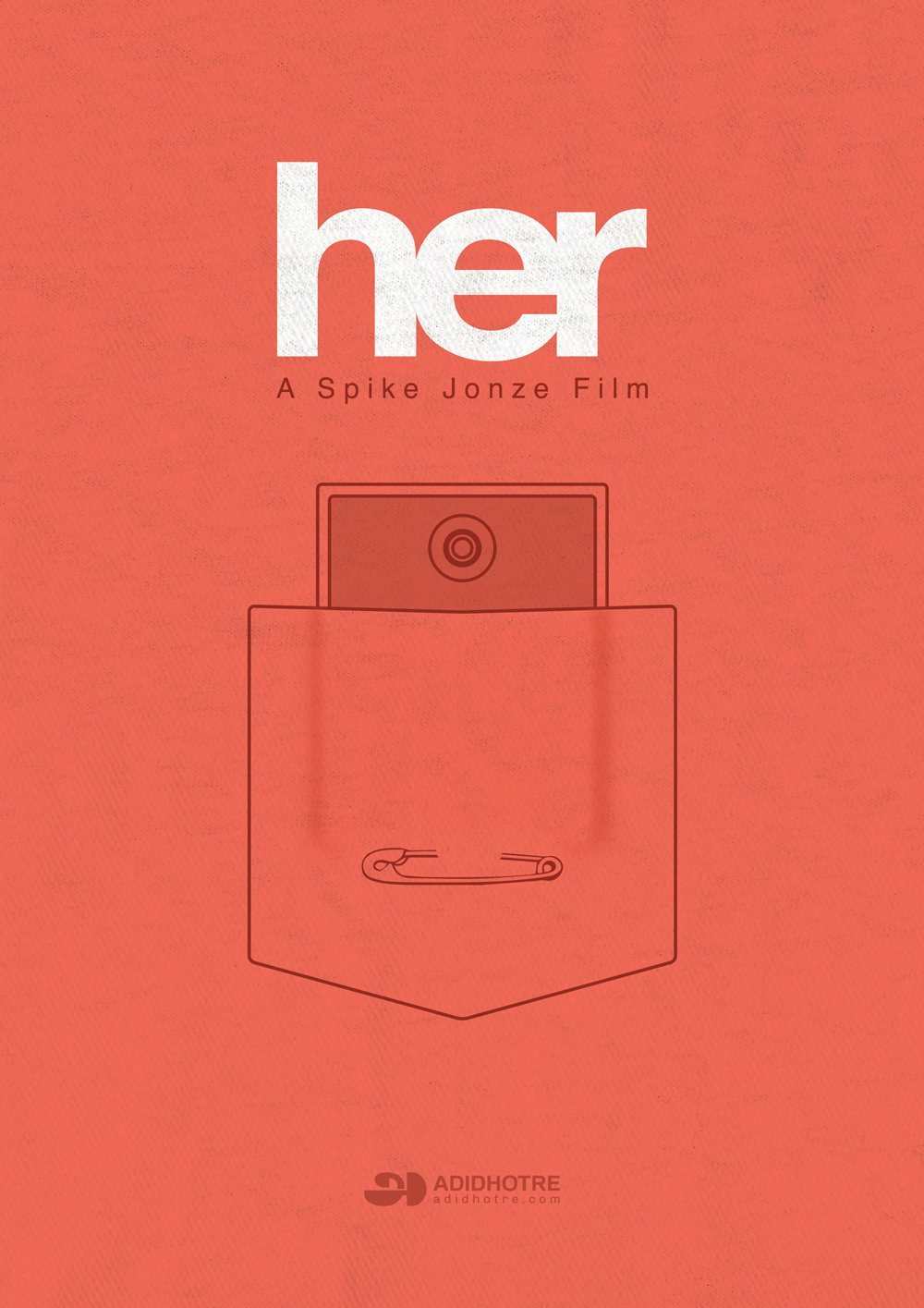 The film is about a romantic relationship which the protagonist, Theodore Twombly develops with ‘her’, the Artificial Intelligence of a networked computer operating system. OS One, Samantha is brought to life in the film using Scarlett Johansson’s voice. Twombly’s initial reaction to the AI system is calling Samantha “weird,” since she seems “like a person but [she’s] just a voice in a computer.”
The film is about a romantic relationship which the protagonist, Theodore Twombly develops with ‘her’, the Artificial Intelligence of a networked computer operating system. OS One, Samantha is brought to life in the film using Scarlett Johansson’s voice. Twombly’s initial reaction to the AI system is calling Samantha “weird,” since she seems “like a person but [she’s] just a voice in a computer.”
The plot unfolds to reveal the development of a deep, romantic bond between the two, with the lack of a corporeal existence of the AI not being a hindrance at all. However, the movie concludes with Samantha ending her virtual romance with Theodore, and falling in love with 641 of the other 8,316 human operators she communicates with.
https://youtu.be/WzV6mXIOVl4
Robert Alpert comments on ‘Her’ and aptly says, “The romantic comedy, the melodrama, draws to a close, and it is the artificial intelligence of Samantha, not Theodore, the “unartificial mind,” who comprehends a state of being beyond perception, not “tethered to time and space,” and passes on to Theodore that not unhappy vision.”
One of the most over-arching questions the film raises about the relationship of humans and AI is -would you be willing to invest yourself in a computer as deeply as Theodore or Amy, because your own species is incapable of providing the sense of companionship you seek? We are given a lonely, melancholic protagonist at the start of the movie, unable to cope with leading a life all by himself. It doesn’t sound too unfamiliar a scenario if we take a look around. So next time you feel distanced from the world, could your answer lie in AI?
When it comes to analysing the line between fact and fiction in terms of Artificial Intelligence, Stephen Wolfram of the Wolfram Alpha fame, which is the main driving force behind AI-like component of Siri on the iPhone, says,
“The mechanics of getting the AI to work—I don’t think that’s the most challenging part. The challenging part is, in a sense: Define the meaningful product…I used to think that there was some sort of magic to brain-like activity, [but] there is no bright line distinction between what is intelligent and what is merely computational.”
People are more than willing to anthropomorphize things around them, even if that requires finding a way to make sentient beings out of metal and steel with minuscule microchips to power all that consciousness within. ‘Her’ shows a man finding solace and peace, and an almost spiritual bond of sorts with a computer – providing the perfect plot for a romantic comedy/ drama. But it raises questions like how far is too far with AI? Ethical debates and discussions on notions of right and wrong have prevailed since time immemorial when it comes to technology. And there is no imminent end to them for now.
Black Mirror:
Black Mirror, created by Charlie Brooker, debuted in 2011 to immense critical acclaim, and with good reason. The show is set against the backdrop of a society very deeply infested by technology, and therefore, its consequent pitfalls. Having said that, feel free to read ahead without the fear of spoilers. 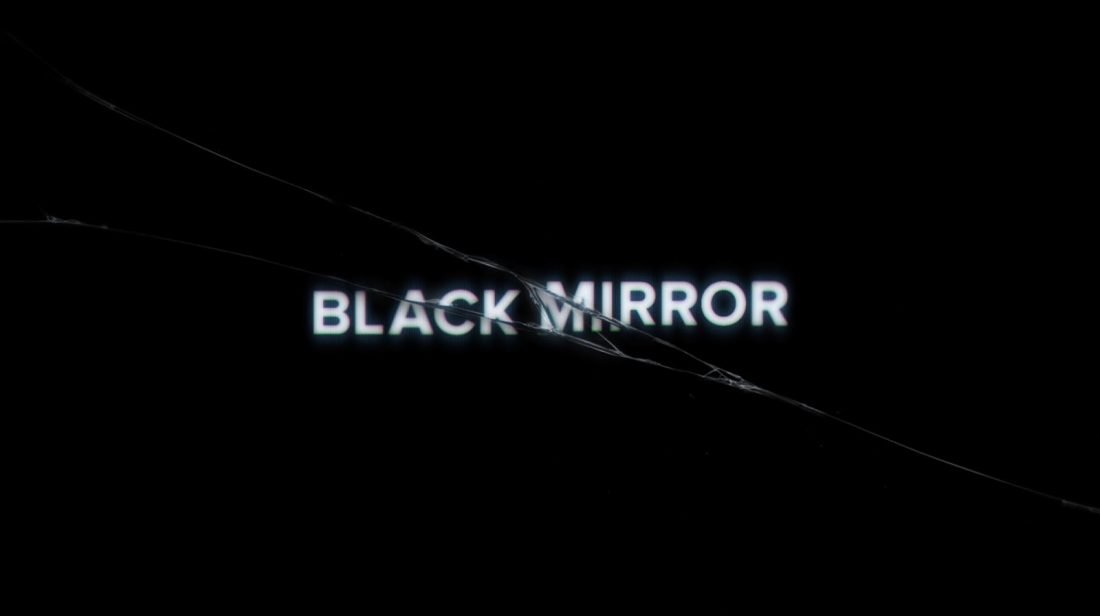
In terms of AI, two of the show’s episodes are of significance. The first episode of the second season, ‘Be Right Back’, takes an interesting but fairly disconcerting take on it. The episode is about Martha and Ash, a couple who has just moved to a new house in the countryside. Ash ends up in a car crash right at the start of the episode, and the show takes the viewer into Martha’s attempts to cope with loneliness, loss and grief post his death. She purchases a build-to-order AI that uses all of Ash’s social media activity to model itself after him.
Martha provides the computer operated system with access to Ash’s pictures, videos and personal emails, who was already a compulsive social media addict and therefore had a large amount of content up online, and finds a fully automated, computerized version of Ash. The AI adopts his voice and mannerisms, and looks like a physically groomed version of Ash, since he only had his best pictures up for display on the internet. The new Ash, however, misses out on small details which social media had failed to record -like a mole or a bodily flaw, reminding Martha that the end of the day she is only play-romancing an anthropomorphic computer.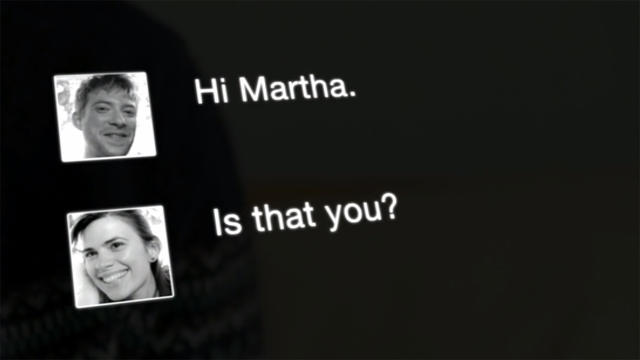
While you grapple with the ethical and moral implications and the inadvertent emotional entanglements of this situation, Black Mirror takes Artificial Intelligence closer to pure science, and away from the world of fiction in its White Christmas episode, set in a futuristic society where blocking users is no more confined to social media platforms. If a person is blocked by another, they are reduced to a blob of visually indistinct static, incapable of making themselves heard or seen by the person who has blocked them.
Jon Hamm’s character, Matt, works for an Artificial Intelligence company that allows its customers to get an AI modeled after the customers themselves to run and manage their smart-homes. The procedure for each client requires a “cookie” to be surgically implanted in their brain for a few weeks, closely recording their likes and dislikes. The cookie is then removed and set to work running the entire house.
https://youtu.be/2OIkZQJMMBk
The little glitch in this perfect procedure is that the AI, modeled so closely after the host, ends up developing a consciousness of its own. Matt’s job is to make sure the AI surrenders to an existence of enslavement by the host, and he achieves this by reducing the AI to solitary confinement for a period of as long as six months, if need be.
However, time for the AI can be controlled and altered and played around with – thus, six months for the AI are no more than a couple of seconds for Matt in real time. The AI eventually chooses mute surrender instead of torturous loneliness. The show also subverts the sci-fi trope of robots or technology enslaving humans in White Christmas. It is only apt to quote David Holmes in this context when he says,
“But perhaps humans of the future will become so enamored with the convenience offered by robots that we will jettison our sense of humanity in return for this convenience — just like we’ve jettisoned our privacy and security for the tools and platforms of today.”
Pepper -the Humanoid Robot:

Moving away from the realm of TV shows to real life -let’s talk about Pepper. First unveiled in June, 2014, Pepper -the first ever humanoid robot was made available at a price of JPY 198,000 ($1,931 or around Rs. 12,500) at Softbank Mobile stores in February this year.
https://youtu.be/kCFYw8mIqcc
At the expense of your happiness, let it be clarified that Pepper doesn’t do household chores, or posses superpowers. What he can do, however, is converse with you, recognize and respond to your emotions accordingly and move autonomously.
If you’re looking for a practical purpose for this robot, please skip this segment. All that Pepper provides is companionship and communication through the most intuitive interface in robots so far which includes voice, touch and emotions. Pepper is already greeting and interacting with customers in Japan.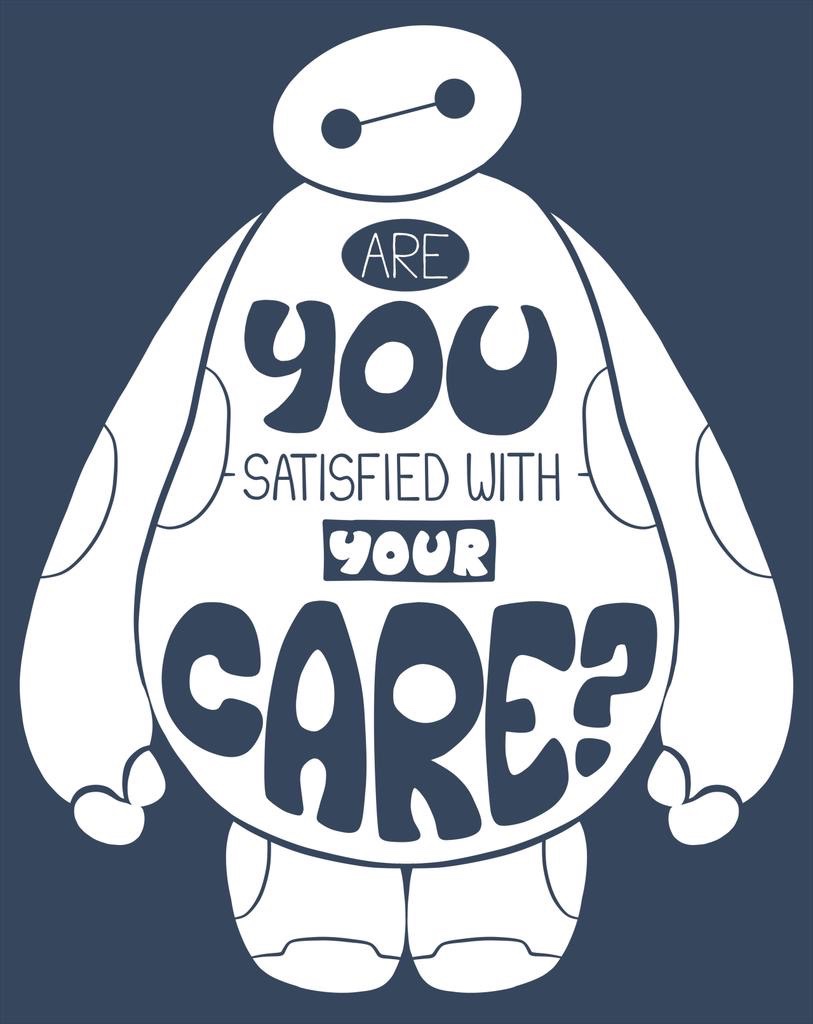
Artificial Creativity:
Here’s a look what technology and Artificial Intelligence has to offer in terms of creativity. Let’s begin with music.
The above track is one of the many compositions by Emily Howell, a robot. She is capable of producing numerous such pieces every day and when a blind test was conducted, it showed people could’t tell the difference between her work and that of a human composer.
Next comes writing. Take a look at the passage below:

Or the following paragraph:
“Friona fell 10-8 to Boys Ranch in five innings on Monday at Friona despite racking up seven hits and eight runs. Friona was led by a flawless day at the dish by Hunter Sundre, who went 2-2 against Boys Ranch pitching. Sundre singled in the third inning and tripled in the fourth inning […]”
Yes, they are both pieces produced by bots. But you have possibly already been initiated into the world of literature written by computers if you have used Wikipedia, a website which has about 8.5 percent of its articles written by a bot. CTO of Narrative Science, Kristian Hammond predicts that “more than 90 percent” of news will be written by computers in 15 years.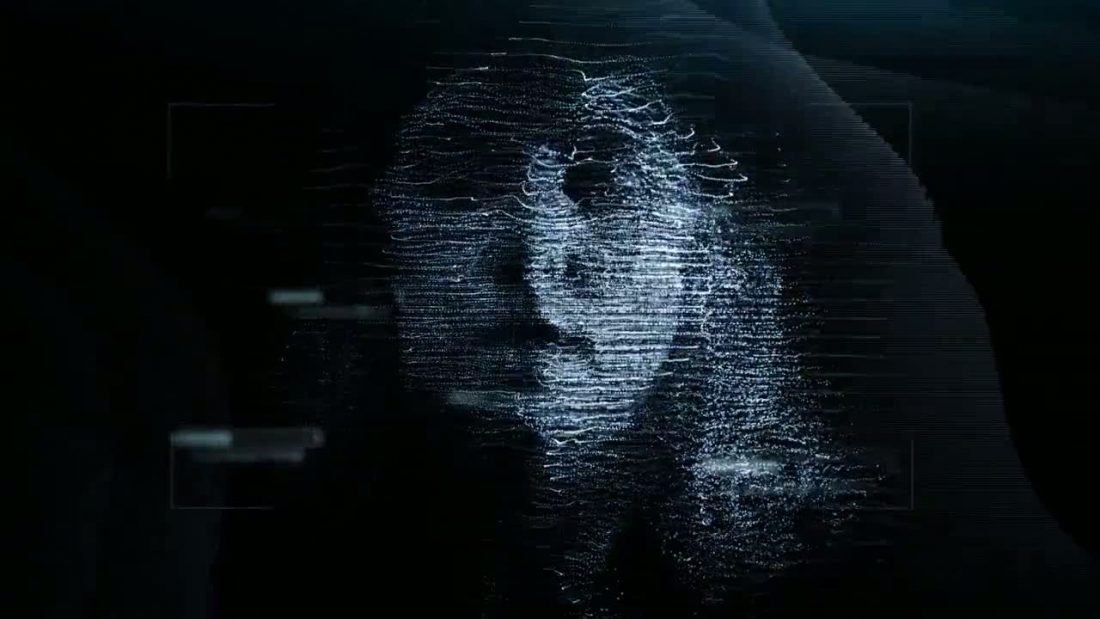
What began as machines and bots replacing human beings for jobs requiring physical labour has snowballed into a threat of rendering us absolutely obsolete in our creative endeavours as well. The financial and ethical implications of such technology are endless. It seems like facing competition from machines is no more a plot for Hollywood’s hack-writers, but an imminent reality perhaps? Either way, let’s sit back and watch the drama unfold of a world where time and again humans have gone the Frankenstein way, incapable of comprehending and controlling their own ‘monsters’.
















